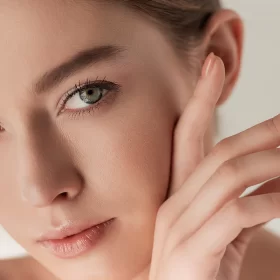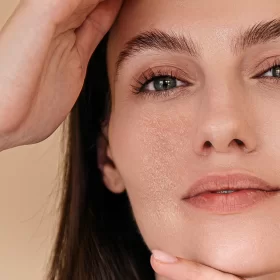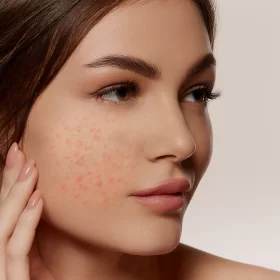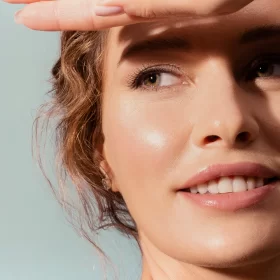Each skin has its individual needs and requires appropriately tailored care to maintain a healthy appearance and balance. Professional treatments not only improve its condition but also prevent problems such as dryness, excessive sebum production, irritations, or loss of firmness. Properly selected therapy provides the skin with essential nutrients, supports its regeneration, and strengthens natural protective mechanisms. Regular care also helps slow down the aging processes, improve skin tension, and restore its healthy color and glow. Modern methods allow for effective improvement of its structure, smoothing, and reduction of visible imperfections. These treatments act both preventively and correctively, supporting the skin in maintaining its elasticity, moisture, and youthful appearance. Thanks to appropriately selected procedures, the skin becomes more resistant to harmful external factors such as UV radiation, pollution, or stress. Regular treatments are not only an improvement in appearance but also an investment in the long-term health and good condition of the skin.
CHOOSE SKIN TYPE

Normal skin is uniform, delicate, smooth, and well vascularized, with its moisture and sebum production remaining balanced. It does not tend to dry out or become oily, thus maintaining a healthy appearance. However, daily exposure to harmful external factors, UV radiation, pollution, and lack of proper care can weaken its protective barrier and accelerate the aging process. Regular moisturizing, protection from weather elements, and the use of regenerating treatments help keep the skin in excellent condition, delaying the onset of aging signs.

Dry skin is thin, delicate, and sensitive, with a weakened natural protective barrier. The lack of sufficient sebum leads to excessive moisture loss, increasing susceptibility to irritations, allergies, and damage. The skin often reacts with redness, burning, and discomfort, and ages more quickly, losing firmness and elasticity. It can become rough, dull, and prone to fine lines. Proper care should focus on intensive moisturization, regeneration, and rebuilding of the hydrolipid barrier to restore its comfort, healthy appearance, and protection against external factors.

Sensitive skin can be genetically determined or acquired, and most commonly coexists with dry, allergic, and superficially vascular skin. It is delicate, prone to irritations, and difficult to soothe. It often reacts with redness, burning, itching, and a feeling of tightness, especially under the influence of temperature changes, atmospheric factors, stress, or inappropriate cosmetics. It requires specialized care with soothing, strengthening, and protective properties to minimize hypersensitivity reactions and improve the comfort and resilience of the skin.

The appearance of combination and oily skin is influenced by both internal and external factors. Androgens - male sex hormones - stimulate the sebaceous glands to produce excess sebum, leading to excessive shine, enlarged pores, blackheads, and a tendency for imperfections and inflammatory conditions. Oily skin usually shows greater resistance to external factors, but without proper care, it can become rough, dehydrated, and prone to acne. Proper cleansing and sebum-regulating treatments help restore the hydrolipid balance, reduce oiliness, mattify the skin, while also ensuring proper hydration and a healthy appearance.

Tired and gray skin is the result of disrupted cellular respiration processes, making it dull, matte, and lacking in energy. It most often affects smokers, people working in enclosed, air-conditioned spaces, and those who excessively expose their skin to the sun and tanning beds. Oxygen deficiency, lack of proper care, and stress further accelerate the aging processes, leading to loss of elasticity, a dull complexion, and uneven skin texture. Oxygenating, moisturizing, and regeneration-stimulating treatments help restore a healthy appearance to the skin, improve its firmness, even out the complexion, giving it freshness and radiance.

